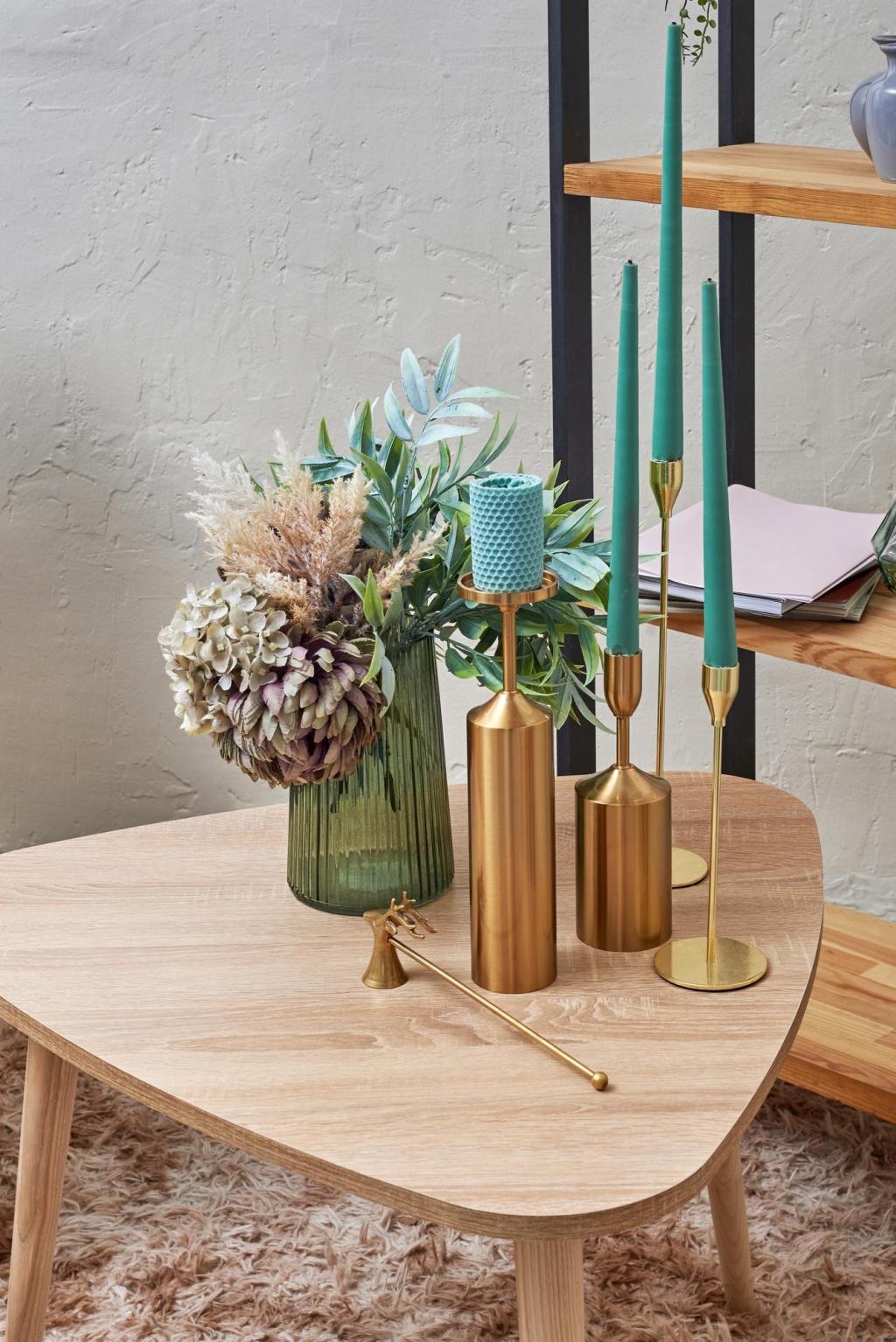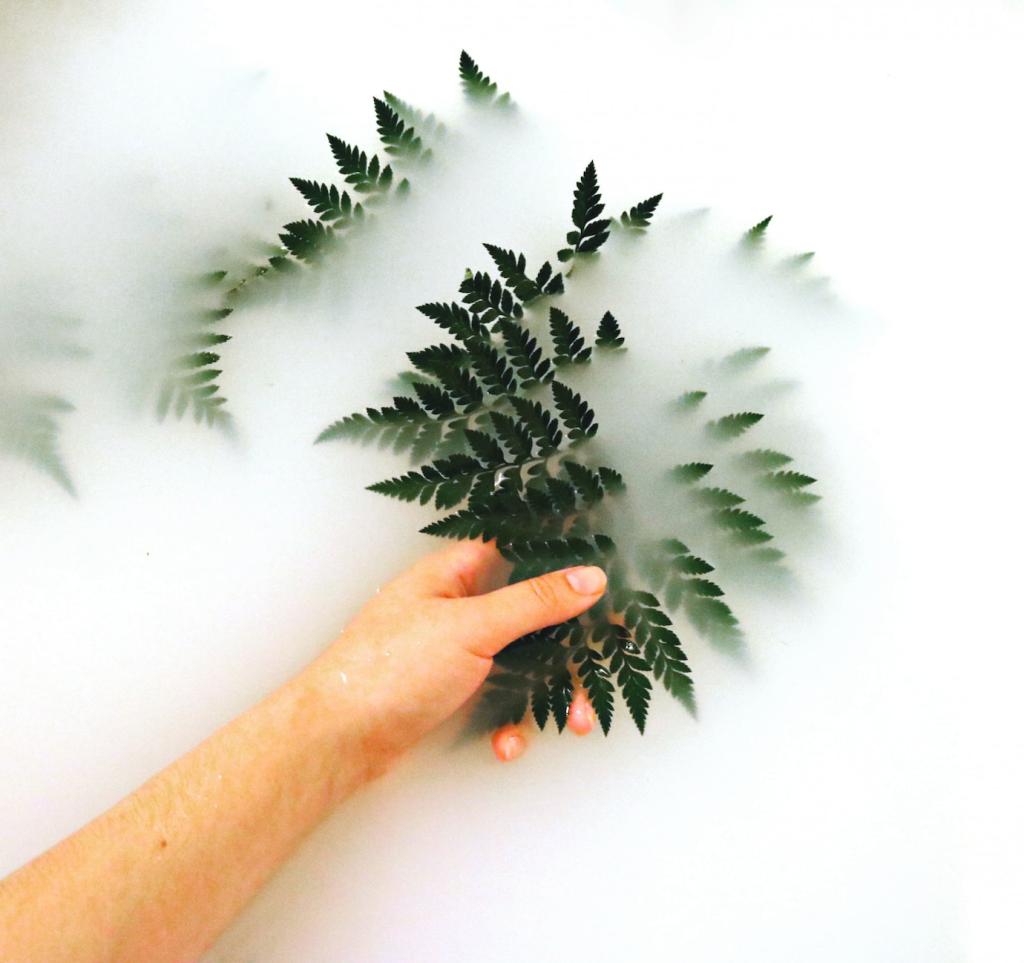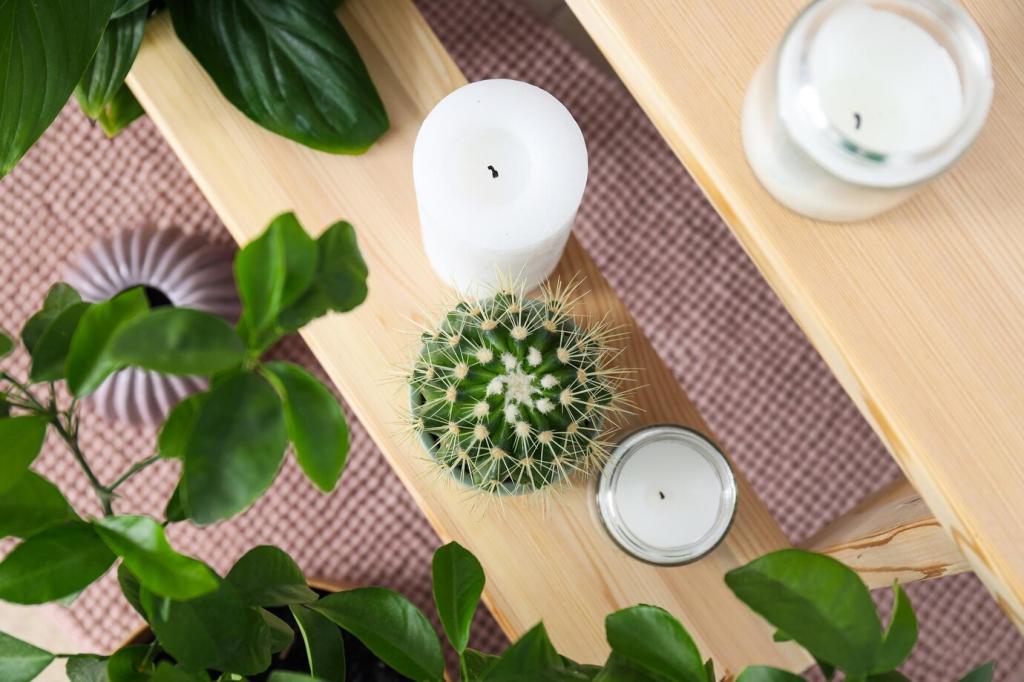
Energy-Efficient Lighting Solutions: Brighter Ideas, Lower Bills
Chosen theme: Energy-Efficient Lighting Solutions. Welcome to a home for brighter spaces, calmer moods, and lighter utility bills—powered by smart choices, human-friendly design, and stories you can actually use today.
From Watts to Lumens: Rethinking Brightness
Watts measure power, not brightness; lumens measure light. A 9W LED can match the brightness of a 60W incandescent because it produces similar lumens using far less energy. Share your biggest lumen-versus-watt confusion below.
Efficacy Explained: Why Lumens per Watt Matter
Efficacy (lm/W) shows how efficiently a light turns electricity into brightness. Higher numbers mean more light for less energy. Compare labels next time you shop and tell us which bulb surprised you most.
Color Quality and Comfort: CRI and CCT in Everyday Rooms
Color Rendering Index (CRI) affects how natural colors look, while color temperature (CCT) sets mood. Warm 2700–3000K suits living rooms; cooler 4000–5000K boosts focus. What CCT feels best in your workspace?


LEDs and Smart Controls: The Heart of Energy-Efficient Lighting Solutions
LEDs cut energy use dramatically, run cooler, and last years longer, reducing replacements and hassle. When my neighbor swapped twelve incandescent bulbs for LEDs, summer cooling felt easier and their electric bill dropped within one billing cycle.
LEDs and Smart Controls: The Heart of Energy-Efficient Lighting Solutions
Occupancy sensors switch off lights when rooms are empty, dimmers right-size brightness, and timers align with your schedule. Combine them to capture automatic savings daily. Which control would you try first—sensor, timer, or dimmer?
Real Savings: Payback, Rebates, and Maintenance
Simple Payback You Can Calculate Today
Replace a 60W bulb with a 9W LED used 3 hours daily at $0.15/kWh. You save about 56 kWh yearly—roughly $8.40 per bulb. Multiplied across your home, that adds up fast. Try your numbers and share your result.
Hidden Savings: Fewer Replacements, Less Ladder Time
LED lifespans slash replacement frequency, reducing purchases and the hassle of high-ceiling swaps. Many last 15,000–25,000 hours. Maintenance savings often tip the scales for large spaces. Where could longevity help you most?
Rebates and Programs: Don’t Leave Money on the Table
Utilities frequently offer rebates for LEDs and controls. Check your provider’s marketplace or state programs before buying. Drop a comment with the best rebate you’ve found so other readers can benefit too.
People-Centered Light: Comfort, Health, and Mood
Warm light in the evening helps cue relaxation, while cooler light in the morning supports alertness. Smart schedules can nudge healthier rhythms gently. Have you tried shifting your evening lighting warmer? Tell us how it felt.
People-Centered Light: Comfort, Health, and Mood
Indirect fixtures, diffusers, and shaded lamps soften harsh glare, improving comfort while keeping efficiency high. Proper placement reduces eye strain over long hours. Share a photo or description of a glare issue we can troubleshoot together.
People-Centered Light: Comfort, Health, and Mood
Focused, efficient task lights at desks and counters reduce overall brightness needs while improving clarity. Aim adjustable LEDs away from reflective surfaces. What task do you struggle to light—reading, sewing, or meal prep?
Retrofit Roadmap: Room-by-Room Energy-Efficient Lighting Solutions
Swap recessed cans for efficient LEDs, add dimmers, and use under-cabinet strips for precise task light. Motion sensors in pantries curb waste. Tell us your fixture types, and we’ll suggest a tailored upgrade path.




